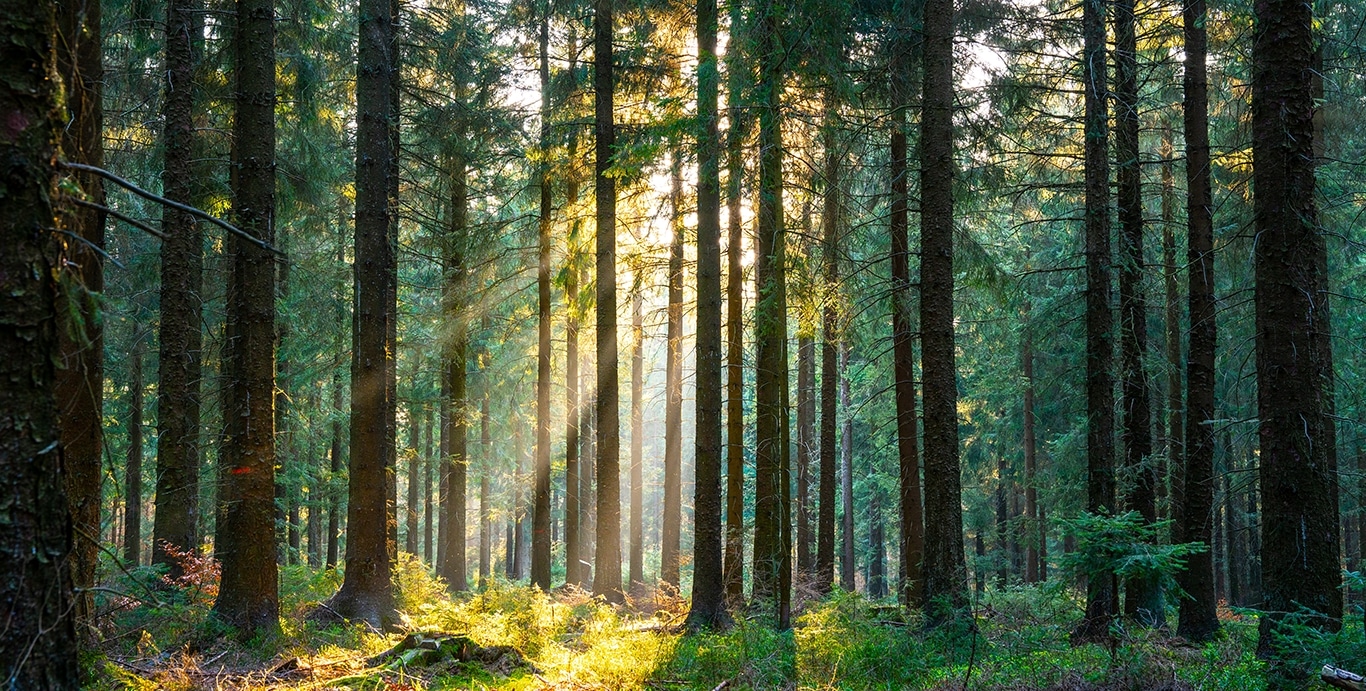What is Timber Stand Improvement?
Publish Date: October 18, 2023
Estimated Time:
Timber stand improvement is an essential practice that aims to create a healthier and more productive forest ecosystem. This technique can result in various potential upsides, including tax considerations for landowners, improved timber production, increased wildlife habitat, and improved aesthetics.
What Techniques are Used for Timber Stand Improvement?
The techniques used to accomplish these goals vary depending on several factors such as landowner objectives, location, soil type, regional climate and weather patterns, species composition, and age of the timber stand. It is crucial to consult with a professional forestry expert before implementing any timber stand improvement activities to avoid unintentional harm to the timber stand. Timber stand improvement should be considered when a timber stand has become overgrown or is no longer productive.
Signs that a timber stand should be improved include:
- Abundant dead wood
- Debris
- Slash
- Overcrowding of trees
- Tree species not adapted to the site
- Invasive insects and disease
Successful Timber Stand Improvement Requires Several Key Conditions:
- There must be a residual stand suitable for economical production of wood products.
- Removing competing vegetation will improve the future value of your timber stand.
- Only vegetation competing with crop trees should be removed.
- The stand must be protected from wildfire and grazing by livestock.
What are the Methods Used for Timber Stand Improvements?
Several approaches are available for timber stand improvement, each with its benefits and drawbacks. Selective harvesting involves removing specific trees to make way for healthier ones or other tree species. Cull tree removal selectively cuts trees that are too small, diseased, or undesirable. Brush management removes brush, debris, and overgrown vegetation from a timber stand, while thinning involves removing small trees to reduce competition for resources.
Methods of Timber Stand Improvement include:
- Felling undesirable stems. Cut trees must not be left lodged in crop trees.
- Girdling. This is done by cutting a ring through the bark and into the wood completely around the stem to be deadened.
- Pruning. This is best done in Autumn or Winter by cutting the lower limbs off with a saw as close to the trunk of the tree as practical without damaging it.
- Knowing what to leave. No more than half of the living crown should be removed during any pruning operation, and at least one-third of the total tree height should be left in the living crown.
Full-Service Forestry and Land Management
Serving Over 150 Counties Throughout Mississippi, Arkansas, and Louisiana
Employing timber stand improvement practices can promote the growth of healthier trees, improve timber production, and provide wildlife habitat. However, it’s crucial to plan and execute these practices carefully and consult with a professional forester if necessary to ensure the best results. At Good Hope Timber, we understand the importance of TSI practices to produce high-quality timber products sustainably. Our forest management practices prioritize long-term sustainability and responsible harvesting techniques. Contact us today to learn more about our commitment to sustainable forestry and our timber products.

